

Ceramic Molding Methods
The high-tech field has high requirements for the shape and dimensional accuracy of special ceramics. In order to obtain high-performance special ceramics, achieve precision molding of complex shape parts, and reduce material preparation and processing costs, the preparation of special ceramics has become an important issue in its development.
Ceramic molding is to make ceramic raw materials into green bodies with specified shape, size and certain strength according to the requirements of actual production. The molding process depends on the performance of ceramic raw materials and the molding process. There are also various methods to create the shape of ceramic products, but in general, they can be divided into dry forming and wet forming.
Dry forming includes dry pressing forming, isostatic pressing forming, ultra-high pressure forming, powder electromagnetic forming, etc. Wet molding includes extrusion molding, injection molding, roll film molding (calender molding), slip casting, gel injection molding, tape casting, direct solidification molding, colloidal vibration injection molding, etc.
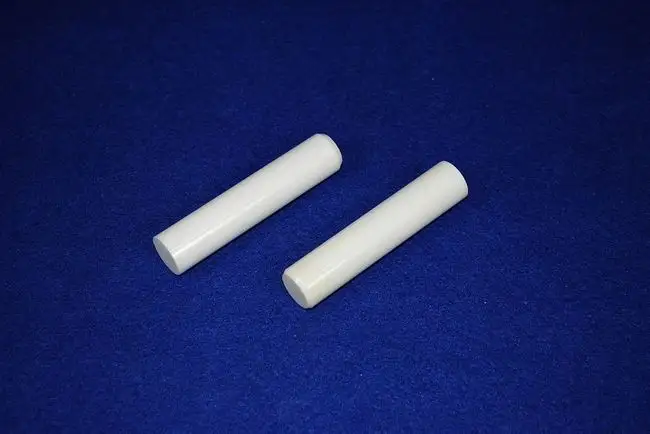
1. Dry pressing
Dry pressing is to add a certain amount of organic additives (binders, lubricants, plasticizers, defoamers, water reducers, etc.) to the ceramic powder, and shape it in the mold under the action of external pressure. The dry pressing method is easy to automate, so it is widely used in industrial production. However, during the forming process, the stratification of the green body often occurs due to the uneven distribution of radial and axial pressure, and phenomena such as cracking and uneven density often occur.
2. Isostatic pressing
Isostatic pressing is a method of forming powder while compressing by applying isotropic pressure. According to different molding temperatures, isostatic pressing is divided into hot isostatic pressing and cold isostatic pressing. Cold isostatic pressing is an isostatic pressing method for forming workpieces at room temperature. Hot isostatic pressing refers to the isostatic pressing method of isostatically forming and sintering workpieces under high temperature and high pressure.
The isostatic pressing method can press parts with concave, hollow, slender parts and other complex shapes; the friction loss is small, and the forming pressure is low; Convenient, long life and low cost. However, the size and shape of the green compact are not easy to accurately control, the productivity is low, the investment is large, and the operation is more complicated. The molding is operated under high pressure, and the container and other high-pressure parts need special protection.
3. Ultra-high pressure molding
Ultra-high pressure molding is a fast-growing molding method, which is mostly used in the molding of nano-ceramics. The particle size of nano-ceramics is greatly affected by the sintering temperature. The lower the sintering temperature, the smaller the particle size, and the easier it is to obtain nano-ceramics; and by increasing the molding pressure and increasing the initial density of the green body, the sintering temperature of nano-ceramics can be reduced. Therefore, ultra-high pressure forming came into being. Ultra-high pressure forming significantly changes the sintering performance of the green body, making it easier to obtain nano-ceramics.
4. Powder Electromagnetic Forming
Powder electromagnetic compaction is a new high-efficiency molding process that uses strong pulsed electromagnetic force to act on powder to make it densified. This method is usually used in the forming of metal materials and can obtain very high densities. The density of the samples formed by the powder electromagnetic pressing method has reached more than 95%, and they have good piezoelectric and dielectric properties.
5. Extrusion
Mix the powder, binder, lubricant, etc. with water evenly and thoroughly, then use the hydraulic press to push the piston, and extrude the plasticized billet from the extrusion nozzle. As the inner profile of the extrusion nozzle gradually shrinks, the piston exerts a large extrusion force on the mud mass, making the billet dense and formed.
The ceramic membrane tube obtained by extrusion molding has a large porosity, density and compressive strength, and the pore size distribution is concentrated, and the gas permeation flux is large, which is an excellent ceramic membrane tube. It is suitable for the manufacture of round, oval, polygonal and other shaped pipes or rods. However, the material has low strength and is easy to deform, and there may be problems such as surface pits, blisters, cracks, and internal cracks.
6. Injection molding
Injection molding is also called hot die-casting molding. This technology gives metal powder, ceramic powder and polymer similar fluidity by adding a certain amount of polymer and additive components and heating slightly. The slurry is filled into the metal mold under pressure. , After cooling, the blank is removed to obtain the blank. It is listed as an important "national key technology" by developed countries such as the United States.
The injection molding method has a high utilization rate of raw materials, and can be mass-produced quickly and automatically; it can prepare special-shaped parts with small volume, complex shape, and high dimensional accuracy; due to the flow die, the density of the green body is uniform, and the performance of the sintered product is superior; the production cost is low.
7. Calendering
The powder, additives and water are evenly mixed to form a plastic material, and then the material is rolled by two oppositely rotating rolls to form a plate-shaped green billet. The green body obtained by rolling film forming has high density and is suitable for forming sheet-like and plate-like objects.
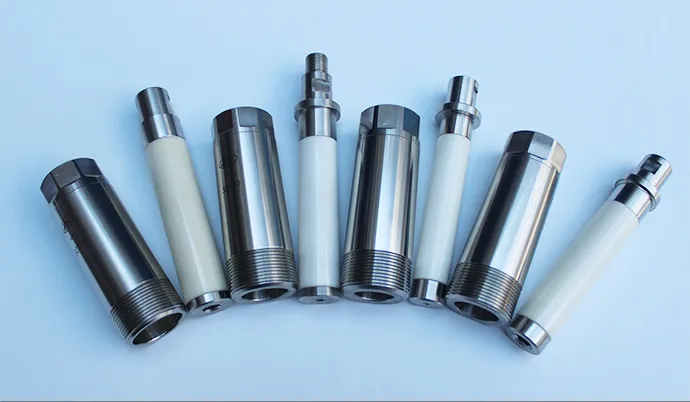
Jiangsu High Industry focuses on the research and production of isostatic pressing moulds, customizes various dry bag and cold isostatic pressing moulds, adapts to different models of various manufacturers at home and abroad, and deeply understands the needs of various industries. Alloy, graphite and other industries provide high-performance isostatic pressing mold rubber sleeves.
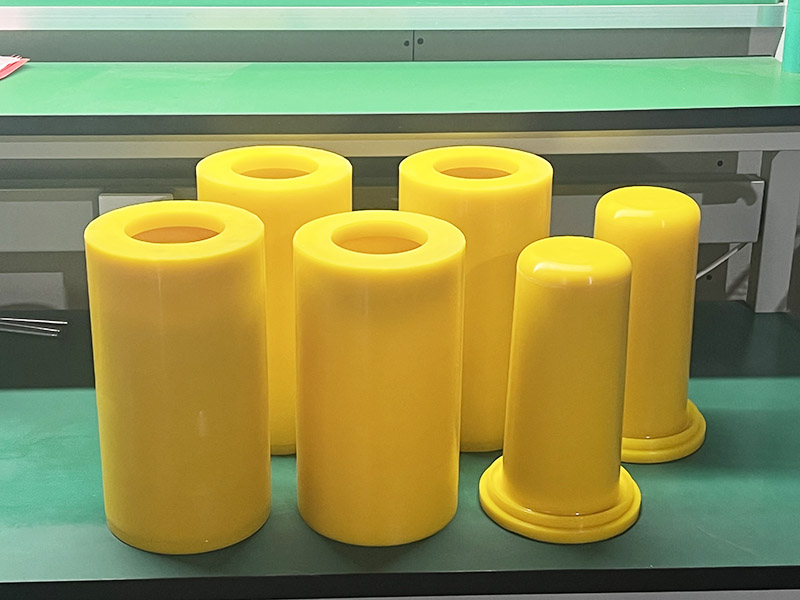
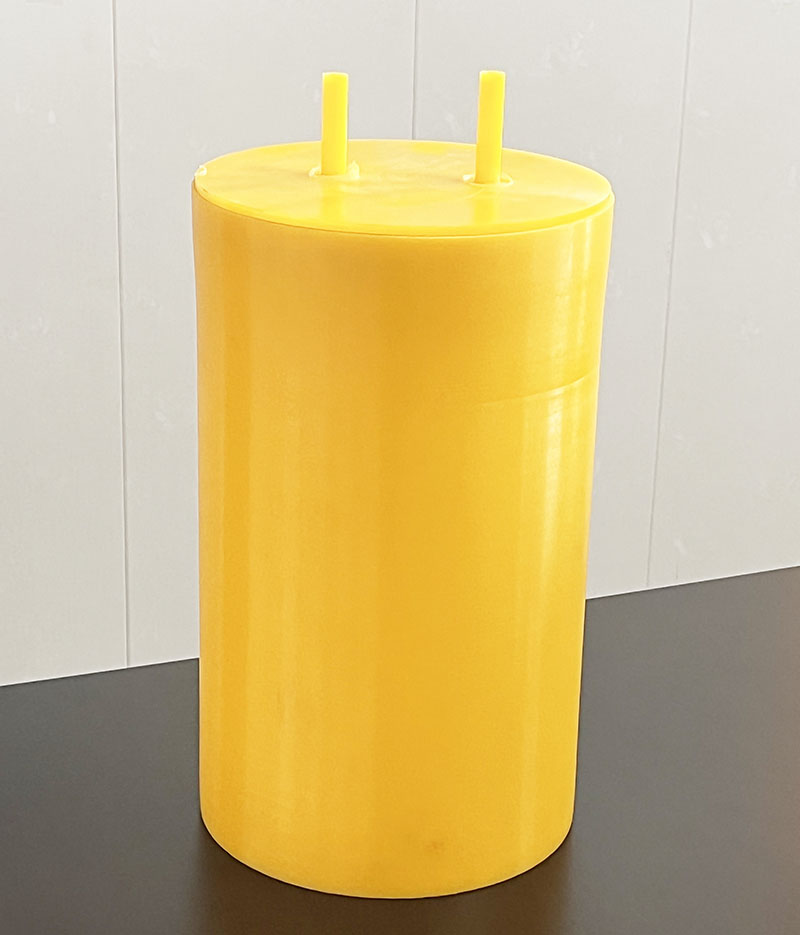
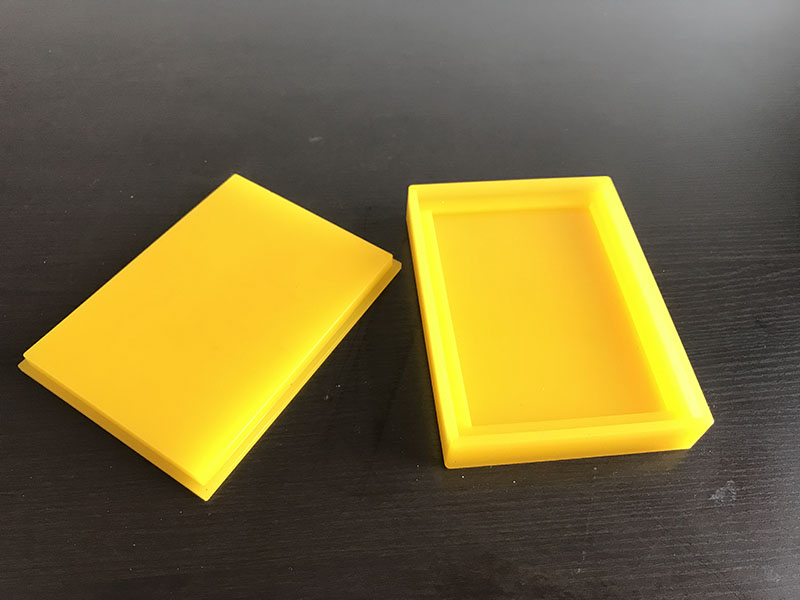
We support all kinds of customization, if you need it, please contact us.
Phone/whatsapp:+86 18234744811
Email:sales@highindustryco.com